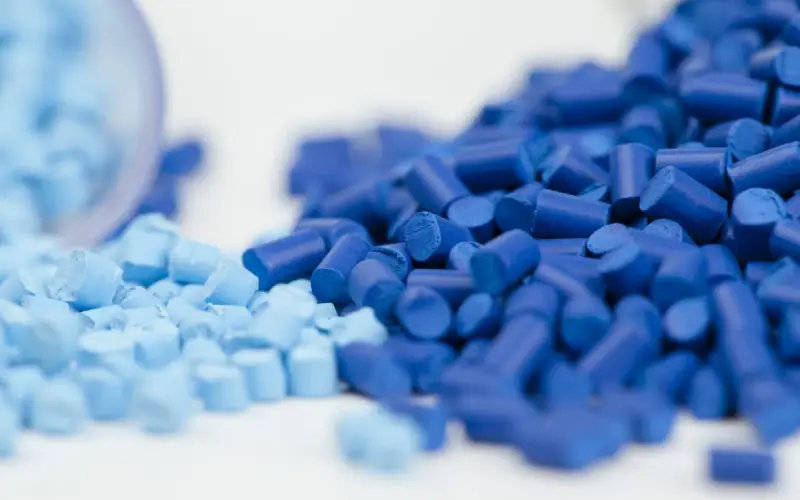In today’s world, sustainability has become more than just a buzzword—it’s a necessity. With climate change, pollution, and resource depletion increasingly affecting our planet, finding solutions to reduce our environmental footprint has never been more urgent. One of the most promising solutions lies in the reuse of materials that would otherwise contribute to waste. Among these, recycled High-Density Polyethylene (HDPE) stands out as a powerful tool in the fight for a more sustainable future.
What is HDPE?
HDPE is a type of plastic known for its durability, strength, and versatility. It’s used in a wide array of products, from milk jugs and detergent bottles to pipes, toys, and plastic bags. It’s one of the most commonly recycled plastics worldwide, and for a good reason—it’s highly recyclable and can be transformed into new products, reducing the need for virgin plastic production.
Why Recycled HDPE is a Game-Changer for Sustainability
Reduces Plastic Waste
One of the most immediate benefits of recycling HDPE is the reduction in plastic waste. As one of the most widely used plastics globally, HDPE contributes a significant amount to landfill overflow. However, by collecting and recycling HDPE products, we can divert millions of tons of plastic waste from landfills and oceans, ultimately reducing pollution and the environmental damage caused by single-use plastics.
Conserves Resources
Producing virgin HDPE requires petroleum-based resources, which are finite. By recycling HDPE, we reduce the demand for new raw materials, conserving valuable natural resources and decreasing the environmental impact of oil extraction. Recycling also saves energy since it takes less energy to process recycled HDPE compared to producing it from scratch.
Decreases Greenhouse Gas Emissions
Manufacturing virgin HDPE is an energy-intensive process that generates greenhouse gases, contributing to climate change. In contrast, using recycled HDPE results in a significantly lower carbon footprint. Studies have shown that the energy savings from recycling plastic can reduce greenhouse gas emissions by up to 50% compared to using new plastic. As the world strives to combat climate change, every little bit helps, and recycled HDPE is one of the most accessible ways to contribute.
The Challenges and Future of Recycled HDPE
Despite its many benefits, the recycling of HDPE does face challenges. One of the primary obstacles is contamination. Plastics that are not properly cleaned or sorted can compromise the recycling process, reducing the quality of the final product. Additionally, the recycling infrastructure in many parts of the world is not as advanced as it could be, leading to inefficiencies and higher costs.
Conclusion
The power of recycled HDPE is a testament to the potential of sustainability in action. By diverting plastic waste from landfills, conserving resources, and reducing carbon emissions, recycled HDPE is contributing to a more sustainable and circular economy. As industries continue to adopt recycled materials in their products, we can look forward to a future where sustainability is not just an ideal, but a reality.


